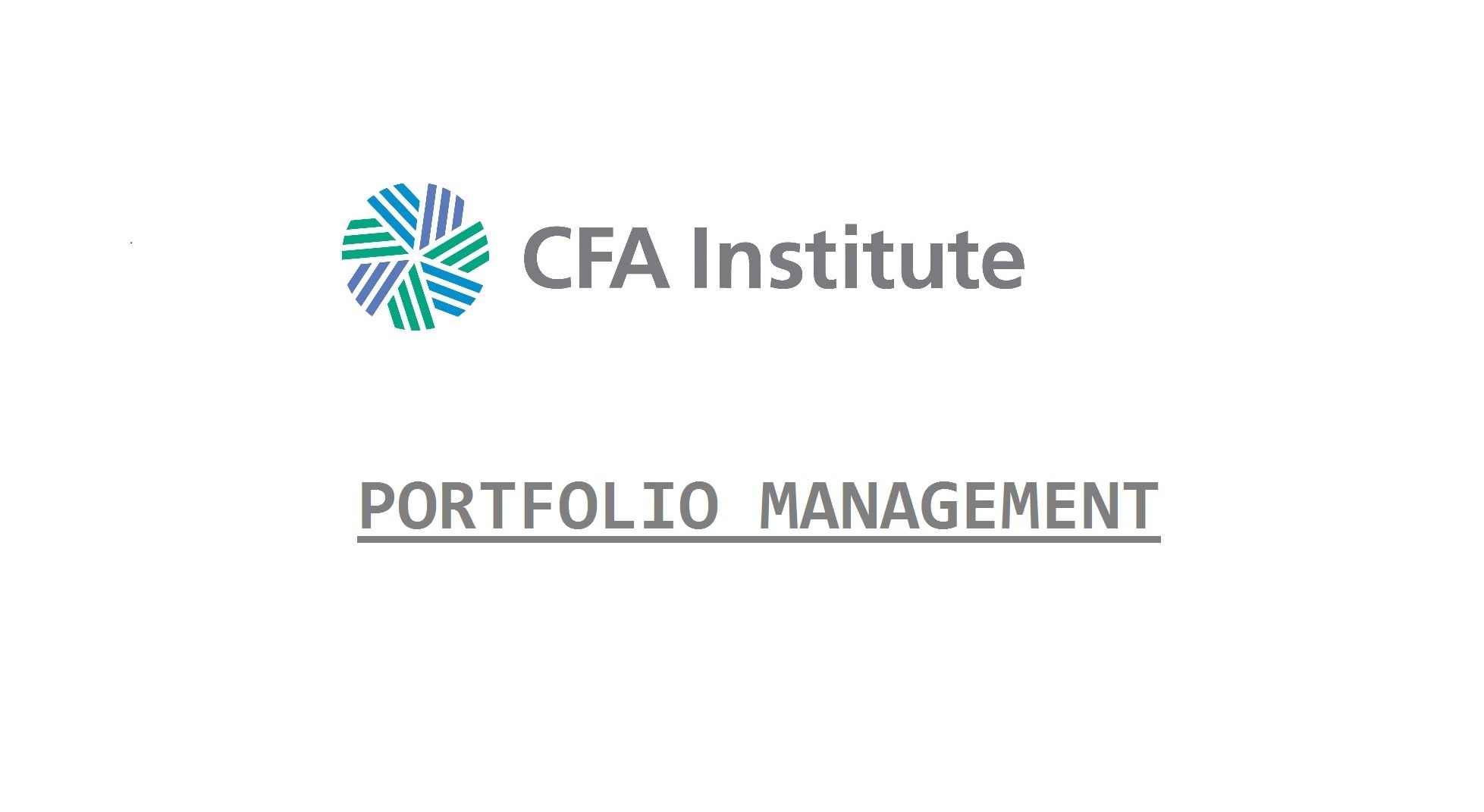The Investment Policy Statement (IPS) is a written planning document that describes a client’s investment objectives and risk tolerance over a relevant time horizon, along with the constraints that apply to the client’s portfolio.
A wealth manager typically produces this document prior to constructing and implementing the client’s investment portfolio. The IPS creates a link between the client’s unique considerations and their strategic asset allocation.
The IPS is also an operating manual, listing key ongoing management responsibilities. The client and wealth manager should review the IPS regularly and update it whenever changes occur either in the client’s circumstances or in the capital markets environment that impact the client’s investment strategy.
A well-constructed IPS has certain advantages for private clients. One advantage is that the IPS encourages investment discipline and reinforces the client’s commitment to follow the strategy.
A second advantage is that the IPS focuses on long-term goals rather than short-term performance.
Client Background and Investment Objectives
The client’s background and investment objectives are critical parts of the IPS. Background items commonly include the client’s name and age, as well as relevant personal and financial information.
As part of the client’s background, the private wealth manager should determine all the components of a client’s investment portfolio as well as any other financial assets that the client may be holding outside the portfolio and cash flows from external sources.
Clients may have planned and unplanned financial goals and objectives. The private wealth manager should work with a client to quantify investment objectives wherever possible and reconcile competing objectives should they arise. Where a client has multiple objectives, the wealth manager can help the client prioritize these objectives into primary and secondary objectives.
Key Investment Parameters
A client’s risk tolerance, time horizon, investment preferences, and constraints are covered in this section.
Risk tolerance considers a client’s willingness and ability to accept investment risk. Generally, a client has a low risk tolerance for more important goals but higher risk tolerance for lower priority goals. An additional consideration is the proximity of the client’s goals, with near-term goals associated with lower risk tolerance compared to longer-term goals.
The investment horizon is often described as a range rather than a specific length of time. Clients with multiple objectives can also have a different time horizon for each objective.
The asset class preferences section should list the acceptable asset classes for the client’s portfolio, together with the risk-return characteristics of each asset class.
Liquidity preferences that have not been specified in the Client Background and Objectives section should be included here . A private wealth manager should also include liquidity preferences that may restrict investment in certain asset classes.
Other unique investment preferences preferences include a concentrated position in a single stock and ethical investing.
Client constraints can also restrict a private wealth manager’s choice of investments or strategies for the client’s portfolio.
Portfolio Asset Allocation and Portfolio Management and Implementation
Strategic asset allocation indicates a long-term target allocation for each asset class, with the portfolio being rebalanced periodically to maintain the target allocation.
Tactical asset allocation is an active management strategy that normally specifies a range for each asset class rather than a specific target allocation percentage.
In order to effectively manage a client’s investment portfolio on an ongoing basis, the private wealth manager needs clear guidance on the following issues:
Discretionary authority
This specifies the ability of the private wealth manager to take investment actions without first seeking the client’s approval. Some clients give their wealth managers full discretion, whereas others prefer to limit discretionary authority to prespecified actions.
Rebalancing
The approach to rebalancing a client’s investment portfolio should be clearly specified in the IPS. A time-based rebalancing does not consider deviations between actual and target asset class percentages, whereas a threshold-based rebalancing approach means that the portfolio is rebalanced once actual asset class weights deviate from target weights by a prespecified amount.
Tactical changes
The IPS should clearly state if a private wealth manager is given discretionary authority to undertake tactical asset allocation changes. The IPS should clearly state the acceptable range of weights for each asset class as well as the extent to which the manager is allowed to go beyond the upper or lower bounds when making tactical changes.
Implementation
This section covers information about acceptable investment vehicles and the due diligence process for making investment decisions.
Duties and Responsibilities of the Private Wealth Manager
The general responsibilities of a private wealth manager in helping a client meet their investment objectives are detailed in this section. These responsibilities include:
- Formulating and reviewing the IPS, including frequency of review.
- Recommending or selecting investment options and constructing the investment portfolio’s asset allocation.
- Monitoring and rebalancing the portfolio.
- Monitoring portfolio implementation costs.
- Monitoring the third-party service providers.
- Reporting portfolio performance.
- Reporting taxes and financial statements.
- Voting proxies.
IPS Appendix
This section includes details of items that typically change more frequently than other sections of the IPS, such as the following:
- Modeled portfolio performance. This typically describes a range of possible portfolio outcomes over different investment horizons as well as a distribution of returns at specific percentiles.
- Capital market expectations. This covers the expected return, risk, and correlations of the asset classes that the private wealth manager can include in a client’s portfolio
